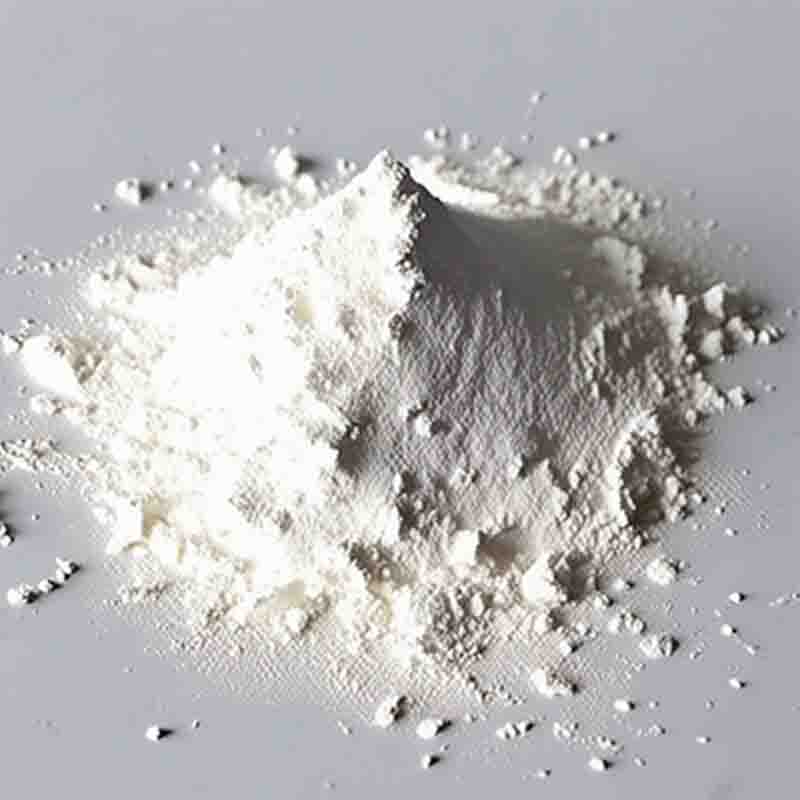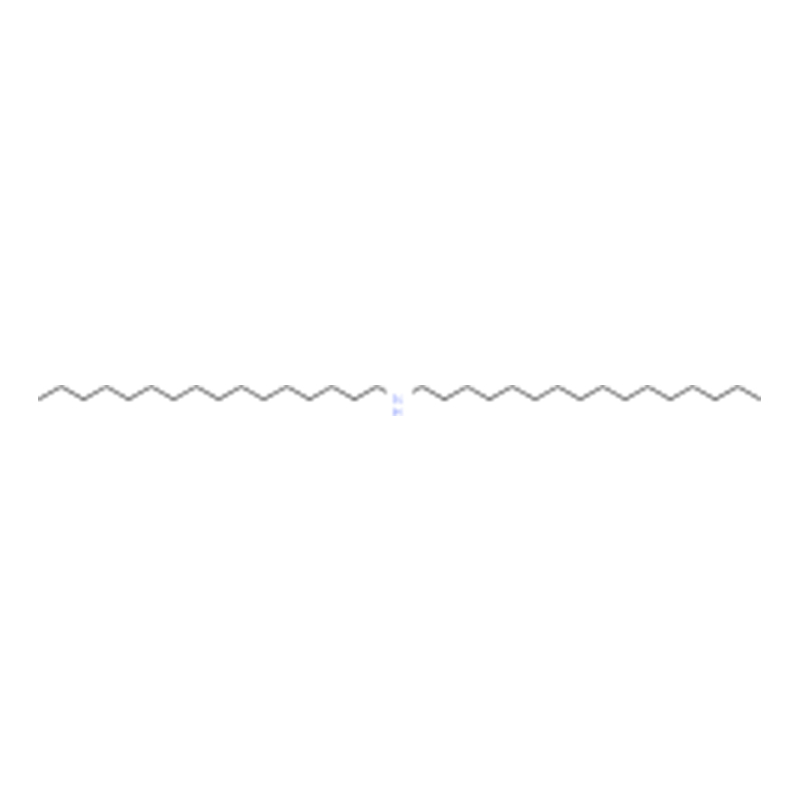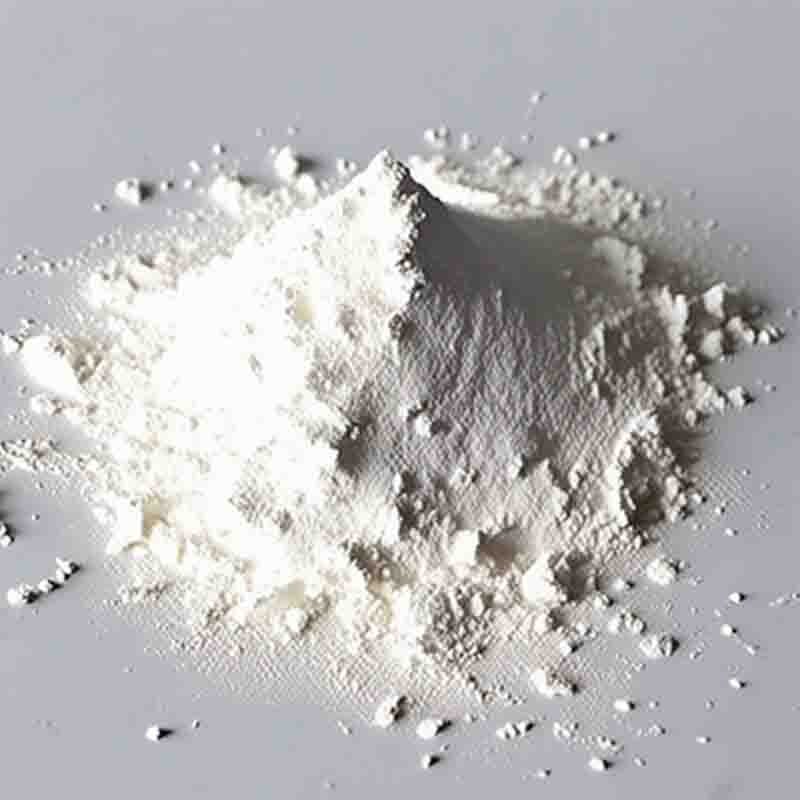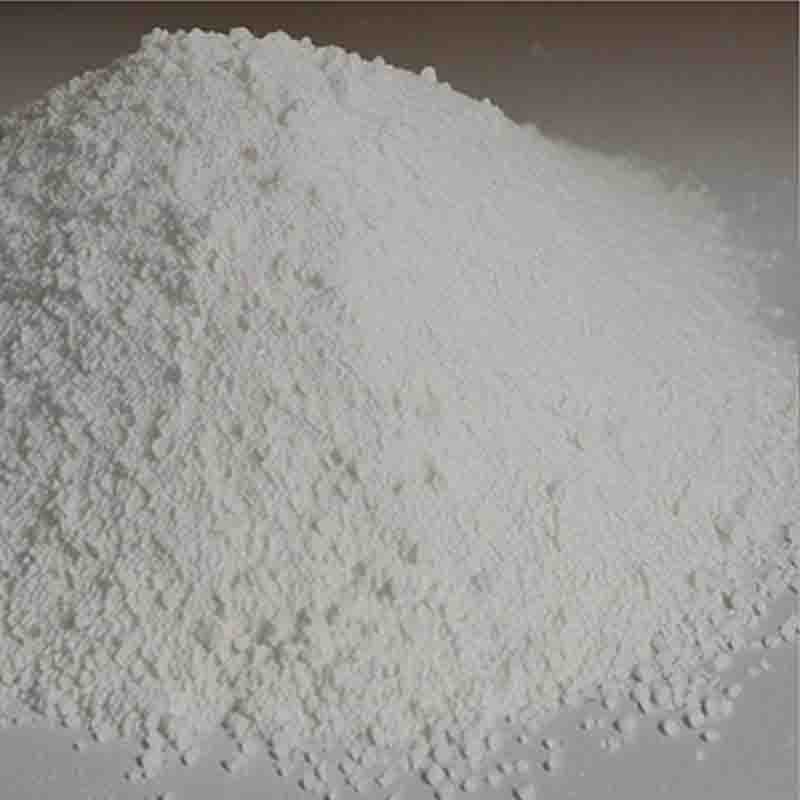Phenylboronicacid CAS:98-80-6
| Catalog Number | XD96275 |
| Product Name | Phenylboronicacid |
| CAS | 98-80-6 |
| Molecular Formula | C6H7BO2 |
| Molecular Weight | 121.93 |
| Storage Details | Ambient |
Product Specification
| Appearance | White powder |
| Assay | 99% min |
Phenylboronic acid is a chemical compound with a variety of effects and applications. Here are some key points about its effects:Boronate affinity: Phenylboronic acid has a unique affinity for diols, including sugars and carbohydrates. It forms reversible covalent bonds with diols through boron-oxygen coordination. This property makes it useful in various applications involving the recognition and binding of biomolecules. For example, it is widely used in the detection and quantification of sugars in biological samples, such as blood glucose monitoring for diabetes management.Suzuki-Miyaura coupling: Phenylboronic acid is a well-known reagent in the Suzuki-Miyaura coupling reaction. This reaction involves the cross-coupling of organoboron compounds with aryl or vinyl halides, leading to the formation of carbon-carbon bonds. The versatility of this reaction makes it a powerful tool in organic synthesis for the construction of complex molecules, such as pharmaceuticals, agrochemicals, and materials.Ligand in catalysis: Phenylboronic acid can serve as a ligand in catalytic processes. It can coordinate with transition metal catalysts and modify their reactivity and selectivity. This modified catalyst can then be employed in various transformations, including C-C and C-X bond forming reactions. The use of phenylboronic acid as a ligand provides control over the catalytic process, leading to enhanced reaction efficiency and selectivity.Fluorogenic labeling: Phenylboronic acid can undergo a reaction with certain fluorescent compounds, resulting in the formation of boronate esters. This reaction can be utilized to generate fluorescent probes for imaging and sensing applications. For example, phenylboronic acid-based fluorescent probes have been developed for the detection of hydrazine, hydrogen peroxide, and other analytes of interest.Self-assembly and supramolecular chemistry: Phenylboronic acid can participate in self-assembly processes through its reversible boron-oxygen coordination. This property allows the formation of supramolecular structures, such as gels, nanoparticles, and polymers. These supramolecular assemblies have applications in drug delivery, controlled release systems, and materials science.It is important to note that phenylboronic acid may have certain hazards and precautions associated with its handling and usage. It is recommended to follow safety protocols, such as using appropriate protective equipment and working in well-ventilated areas, to ensure safe and responsible use of this compound. Additionally, compliance with relevant regulations and seeking guidance from professionals is advised to ensure proper handling and disposal.








![9-([1,1'-Biphenyl]-3-yl)-3-bromo-9H-carbazole CAS: 1428551-28-3](https://cdn.globalso.com/xdbiochems/白色粉末21572.jpg)
